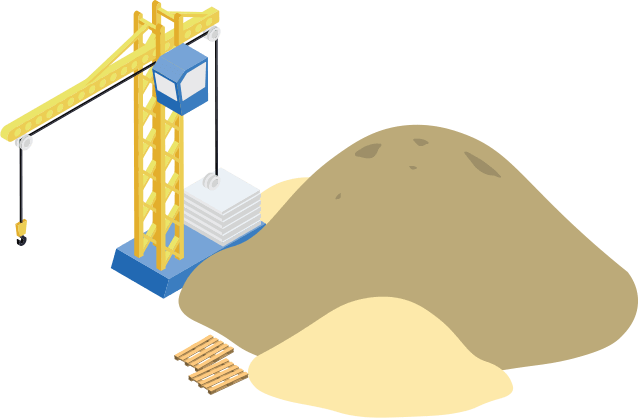You are the weakest link, Goodbye!
In the world of SEO, if content is King then backlinks are Queen…in a very equal kingdom where both rulers have pretty much the same importance. Search engines like Google use links to help determine how well a page should rank in their results.
Search engines don’t just look at the content of a page to decide if that page is qualified to rank well on relevant keywords, they also look at both the number of links pointing to that page from external websites and the quality of those external websites themselves.
This goes all the way back to the beginnings of Google with PageRank, invented by Google founder Larry Page. PageRank based the quality of a particular webpage in part on the number of links pointing to it. In the past, this was a great way of determining the quality of a page. If a lot of other sites are recommending your page, you must have a pretty impressive page, right?
Unfortunately, shady SEOers found ways to game the system by generating or paying for hundreds or thousands of backlinks for their website to rank better on Google. Websites started popping up with incoherent articles made solely for the purpose of linking to other websites, spambots began jamming up comments sections recommending links to a “great article you’ll love,” the blackhat tactics were seemingly endless and lead Google to reject many link building techniques that were fine in the past.
Now, Google has come up an algorithm to determine good backlinks from bad – an algorithm the SEO community is continuously trying to understand. The best thing you should do is be aware of the quality of backlinks to your site, so you can catch those bad backlinks before Google does and punishes you for it.
How to Find Bad Backlinks
Typically, bad backlinks are easy to detect, though some require further investigation on the website that is linking to yours. Here are a few obvious indicators that an external website linking to you is of bad quality:
- The content on the website is incoherent and full of links.
- The content on the website repeats the same things over and over to look like a complete article full of relevant keywords (keyword stuffing).
- The backlink is from an obvious bot in the comments section of a website.
- You’re a local business but your backlinks are coming from websites from foreign countries (like Russia).
Quality backlinks establish trust in both Google’s eyes and your visitors’. If you suspect a backlink is bad, contact the website owner and respectfully ask that they remove the link. If they refuse (or worse, try to extort money from you in exchange for removing the link), consider getting rid of the page – if you can live without it.
You don’t have to disavow every backlink you come across that looks weird, but do watch out for a spike in your traffic from referring domains. This may indicate that someone is linking to your site in bulk, and you can disavow these backlinks in Google Search Console.
When you are increasing your site authority by building quality backlinks for your website, it’s always good practice to analyze every external website you desire a link from. Find authoritative sites you like, and if your content is good, they’ll be happy to link to you!









